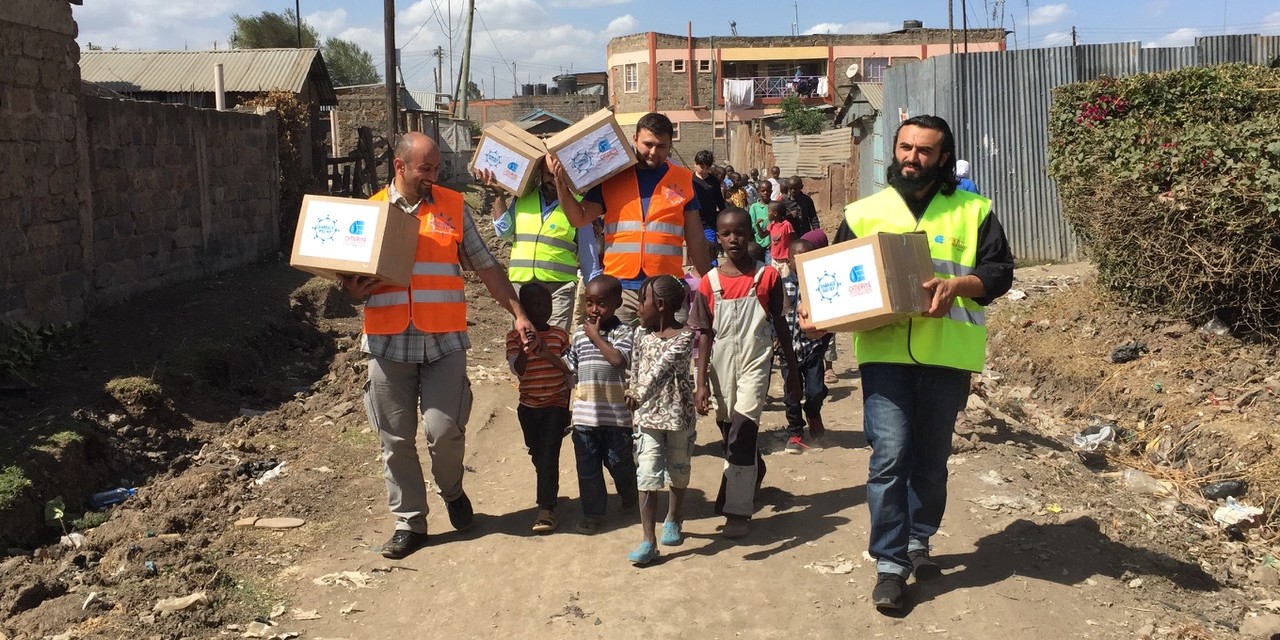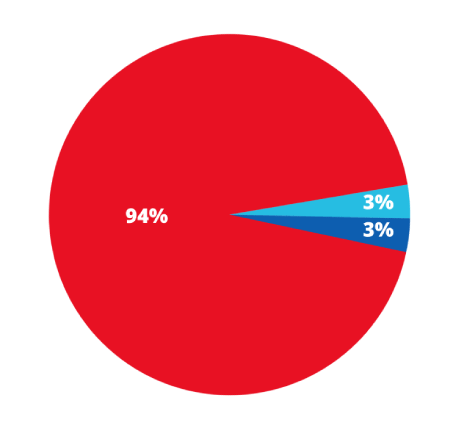Buying meat in bulk can be a very enticing option for grocery-shoppers looking to get the most bang for their buck. Of course, there is one obvious drawback: fresh meat spoils very quickly. And consuming spoiled meat can put you at risk for bacterial diseases like botulism, which can cause serious health issues up to and including death.
To combat this, you could buy less meat, more often. But that’s not an ideal option for everyone working with a budget, or for people who don’t have the time to visit the grocery store multiple times in a week.
Luckily, humans have spent thousands of years designing different ways to preserve meat and make it last for weeks, months, and even years at a time. Some are simple and obvious. Others take some skill and practice. All are worth knowing for a budget-conscious meat eater! Here are the top 4 ways to preserve meat:
- 1) Freeze it.
For most people in America, this will be the most obvious and easiest solution. Meat stored at sub-zero temperatures in a freezer will remain safe to eat indefinitely, though some types of meat will keep their taste and quality longer than others. A steak will keep its delicious taste for up to eight months after freezing, and an entire chicken can last for nearly a full year. On the other hand, ground beef or raw sausage links may only remain high quality for four months.
Of course, your refrigerator and freezer requires electricity. What if you have a power outage? An extended outage of more than two hours can cause food to thaw and spoil, meaning all of that saved food will go to waste. There are other methods of preserving meat that can be alternatives in the event of a power outage, or a living situation in which a freezer is not available.
- 2) Dehydrate it.
One of the biggest factors in meat spoiling is the moisture found in meat, which offers a breeding ground for dangerous bacteria. By removing that moisture, you can extend the shelf life of your meat. For some types of lean meat – including beef, venison, pork and turkey – one option for long-term preservation is to turn your meat into jerky through a process of dehydration.
This can be a time-consuming and relatively labor-intensive process with a delicious reward at the end. Jerky will keep its quality at room temperature for up to two weeks, and it will be good to eat for two to three months if refrigerated.
If you have leftover meat that you want to put to use, trying some new textures or seasonings instead of throwing it in the freezer, making jerky might be worth a shot.
- 3) Can it.
Like the making of jerky, canning food is a bit more labor-intensive and time-consuming than simply freezing your meat. But the benefits of canning can be longer lasting – a pressure-sealed can or jar will keep meat fresh and retain its quality for between 2 and 5 years if stored in a cool and dry place, according to the USDA. And canned meat is typically more tender and flavorful than frozen meat.
Canning does require additional equipment, namely a suitable pressure-canner. In addition to learning how to operate the pressure-canner, you’ll need to clear out the 90 minutes-to-2-hours it will take to pressurize your can. And each type of meat will have a slightly different series of steps to achieve maximum quality. There are many institutions and online experts who offer their own methods, and it’s worth searching out the best one for you. - 4) Cure it.
Finally, we turn to a method of preserving meat that humans have used for centuries, if not millenia. People in every part of the world have long used salt to cure their meat and fish, allowing for long-term storage that would enable people to consume protein during long, cold winters, or while navigating long-distance journeys across the seas. In fact, in areas like large portions of sub-Saharan Africa, where electricity is not always available or outages are common, this is still a primary method of preserving meat today.
Curing meat involves the application of both regular non-iodized salt and “pink salt” (saltpeter). These salts remove moisture from the meat, preventing bacteria from growing. When kept in low-humidity containers, this relatively primitive method can preserve meat for weeks and months. Cured meat can also be smoked, which prevents bacteria from getting into the meat in storage; this can extend the shelf life of your meat even further.
Once again, there are many different methods for how to cure your meat, and every meat expert will have their own variations.
Donate today to help us provide meat to tens of thousands of people
Not only will these methods of preserving meat provide you and your family with a source of protein over the long term, it may just give you an appreciation for what it’s like to live in a part of the world like Tanzania where meat is a luxury. Because meat there is affordable to most people only on special occasions, long-term preservation is crucial to maintaining a balanced diet and proper nutrition.
Tanzania is one of the countries Embrace Relief is targeting during our International Hunger Relief: Qurbani 2022 campaign, in which we will provide food packages to tens of thousands of needy people in more than a dozen countries.
Embrace Relief’s Qurbani packages will contain sheep, cattle or goat meat, all of which has been 100% humanely and hygienically slaughtered. This meat is high in fat, protein, minerals and vitamins, which are vital in fighting malnutrition, particularly for growing children.
Each Qurbani meat package from Embrace Relief feeds eight families! And when you donate to provide a Qurbani package for those most in need, we will notify you once it has been sent and delivered.
The cost for each package in each area we serve depends on the local market price for the meat. Here’s how much it would cost for you to lessen the burden of hunger for eight families this Qurbani:
- Africa: $175
- United States: $265
- Greece: $265
- Yemen: $265
With your help, we can combat food shortages and provide hope to people in need in places like sub-Saharan Africa, Yemen, Greece and the United States. Every contribution you make helps one more family go to bed on a full stomach, and brings us one small step closer to ending world hunger.





















